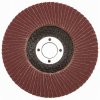I am looking for advice on how to configure a continuous handrail on the inside of a "U-shaped" stairway.
We are coming toward the end of a basement gut and remodel. Elder guests stay downstairs. They and I could use something to grab around the corner. Below are pics of the present state. The midline separating wall is 2 x 4 with 1/2 drywall. One step in the landing. Should I be thinking gooseneck quarter turns, or ....
I know there are several trim and stair experts on the forum. thanks!
We are coming toward the end of a basement gut and remodel. Elder guests stay downstairs. They and I could use something to grab around the corner. Below are pics of the present state. The midline separating wall is 2 x 4 with 1/2 drywall. One step in the landing. Should I be thinking gooseneck quarter turns, or ....
I know there are several trim and stair experts on the forum. thanks!
Attachments
-
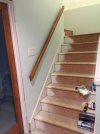 C541F7A2-C086-4FAC-9AE2-6C0200658DC6.jpeg1,001.3 KB · Views: 574
C541F7A2-C086-4FAC-9AE2-6C0200658DC6.jpeg1,001.3 KB · Views: 574 -
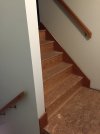 A645785F-527A-4355-B218-293828429B46.jpeg968.2 KB · Views: 352
A645785F-527A-4355-B218-293828429B46.jpeg968.2 KB · Views: 352 -
 1698010B-5171-4298-BCB2-BFB73B1FCDFE.jpeg798.5 KB · Views: 320
1698010B-5171-4298-BCB2-BFB73B1FCDFE.jpeg798.5 KB · Views: 320 -
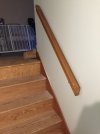 30EF7844-024B-4495-9588-27C817B48432.jpeg918.4 KB · Views: 385
30EF7844-024B-4495-9588-27C817B48432.jpeg918.4 KB · Views: 385 -
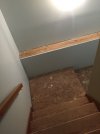 B9DD37A1-0740-4024-8E09-79050A979A85.jpeg878.3 KB · Views: 318
B9DD37A1-0740-4024-8E09-79050A979A85.jpeg878.3 KB · Views: 318

